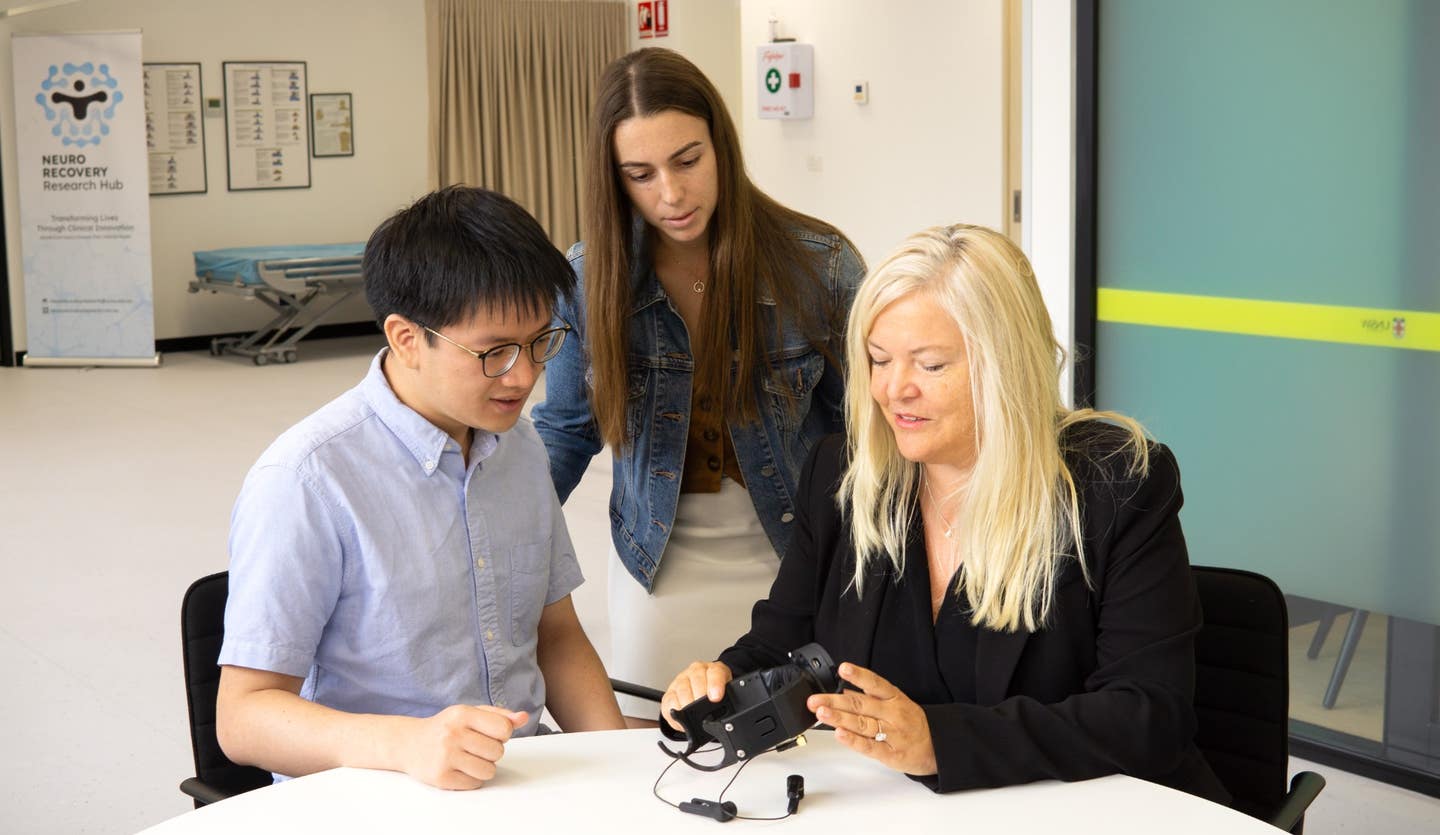Breakthrough gene therapy treats chronic pain, study finds
Their pioneering research focuses on the intricate relationship between the NaV1.7 sodium ion channel and a regulatory protein.

[Aug. 26, 2023: Staff Writer, The Brighter Side of News]
Chronic pain is a health issue plaguing approximately one-third of the U.S. population. (CREDIT: Creative Commons)
Chronic pain, a health issue plaguing approximately one-third of the U.S. population, has often found scientists at a crossroads when it comes to formulating effective treatments.
However, the team at NYU College of Dentistry’s Pain Research Center, under the guidance of Rajesh Khanna, director of the NYU Pain Research Center and professor of molecular pathobiology, has taken a significant stride in gene therapy that holds the promise of treating chronic pain. Their pioneering research focuses on the intricate relationship between the NaV1.7 sodium ion channel and a regulatory protein.
Targeting the Sodium Ion Channel
The mechanism of pain perception in our body can be traced back to sodium ion channels which play a pivotal role in nerve cells or neurons communicating with each other. Within this context, the NaV1.7 sodium ion channel emerges as a focal point. Genetic mutations in this channel have been linked with extreme pain conditions, and as a result, it has been under the microscope for potential therapeutic interventions.
In particular, Rajesh Khanna has illuminated the key interaction between NaV1.7 and a protein named CRMP2. “CRMP2 ‘talks’ to the sodium ion channel and modulates its activity, allowing more or less sodium into the channel.
Related Stories
If you block the conversation between Nav1.7 and CRMP2 by inhibiting the interaction between the two, we can dial down how much sodium comes in. This quiets down the neuron and pain is mitigated,” explained Khanna in the recent study published in the Proceedings of the National Academy of Sciences (PNAS).
Rather than blocking NaV1.7 directly, which has seen limited success in the past, Khanna's team has decided to indirectly regulate it. Their research previously identified a compound that regulates Nav1.7 expression through targeting CRMP2.
This compound has shown promise in controlling pain in both cellular and animal models, marking an initial victory in the fight against chronic pain. However, a lingering question remained: Why does CRMP2 specifically communicate with the NaV1.7 sodium ion channel?
An artistic representation of the interaction between the NaV1.7 sodium ion channel and collapsin response mediator protein 2 (CRMP2). (CREDIT: Samantha Perez-Miller and Rajesh Khanna (New York University))
Through meticulous research, the team zeroed in on the unique region within NaV1.7 where CRMP2 binds. “This got us really excited, because if we took out that particular piece of the NaV1.7 channel, the regulation by CRMP2 was lost,” Khanna remarked.
Gene Therapy: A Beacon of Hope
Capitalizing on their discovery, the researchers used a peptide from the unique region in NaV1.7 where CRMP2 binds and inserted it into an adeno-associated virus. The intent was to inhibit NaV1.7. Using viruses in this manner – to carry genetic material into cells – is a pioneering approach in gene therapy. Previous successes include treatments for blood disorders, eye diseases, and other rare conditions.
Identification of a unique CRMP2 regulatory domain on NaV1.7. Cartoon of the domain structure of human NaV1.7 with intracellular loops labeled. These loops were divided into 384 15-mer peptides with 12 overlapping amino acids and were printed onto a peptide array. (CREDIT: PNAS)
The engineered virus was administered to mice exhibiting pain symptoms. Remarkably, in just a week to ten days, the pain these animals experienced had reversed.
“We found a way to take an engineered virus—containing a small piece of genetic material from a protein that all of us have—and infect neurons to effectively treat pain,” Khanna stated enthusiastically, adding, “We are at the precipice of a major moment in gene therapy, and this new application in chronic pain is only the latest example.”
Myr-TAT-NaV1.7-CRS causes CRMP2 dependent reduction in NaV1.7 currents in DRG neurons. (A) The Myr-TAT-NaV1.7-CRS peptide competes for binding to NaV1.7 regulatory proteins. (CREDIT: PNAS)
This groundbreaking approach was also tested across various species, including rodents and cells from primates and humans. The results hint at a promising future, suggesting that such treatments might soon be applicable to humans.
The Road Ahead
While the initial results are promising, further studies are paramount. Khanna envisions a world where gene therapy could be used extensively to treat painful conditions, especially for patients undergoing chemotherapy.
Disruption of the NaV1.7-CRMP2 interaction decreases presynaptic NaV1.7, sensory neuron excitability, and spinal cord neurotransmitter release. (CREDIT: PNAS)
“There is a significant need for new pain treatments, including for cancer patients with chemotherapy-induced neuropathy. Our long-term goal is to develop a gene therapy that patients could receive to better treat these painful conditions and improve their quality of life,” Khanna emphasized.
As the world watches, the endeavor to combat chronic pain through gene therapy exemplifies the innovative spirit of modern science. Through meticulous research and a nuanced understanding of the intricacies of our body's pain mechanisms, scientists like Rajesh Khanna and his team are forging a path to a future where chronic pain might be a thing of the past.
For more science and technology stories check out our New Discoveries section at The Brighter Side of News.
Note: Materials provided above by The Brighter Side of News. Content may be edited for style and length.
Like these kind of feel good stories? Get the Brighter Side of News' newsletter.



